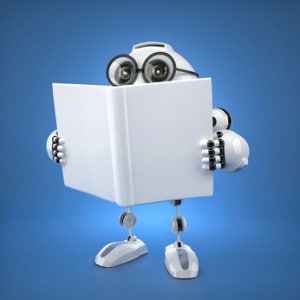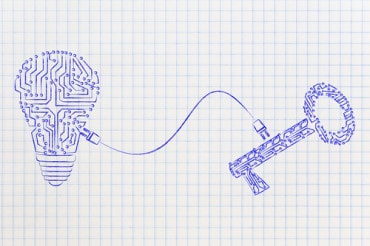
Event-driven storytelling is the next phase in reading in which the reader injects events into the story he or she is reading thereby altering the story’s course in real-time. Here, RTInsights International Technology Editor Opher Etzion explains.
Last week I gave a talk in the unconference on technology and art. My talk was entitled “Dynamic Stories.” In it, I reported on a research project that is still in its first phases. The research project focuses on using event-driven technology to a somewhat different domain: making stories more dynamic.
The work was inspired by a talk given by Professor Ramesh Jain who is working on personal chronicles. While Professor Jain is looking at events for documentary reasons, I am taking it into the fiction domain. Many people are involved in the world of games in which the player takes an active role. However, when coming to the world of fiction, the traditional roles are kept: the writer writes the story, the reader reads it and the computer can be used to store it.
Some people (especially from the younger generation) prefer to be engaged in activities in which they can take an active role; they do not find satisfaction in passive reading. Event-driven technology can help create dynamic and interactive stories. There are several variations of dynamic stories.
The simplest dynamic story is a parametric story that looks like a fill-in-the-blanks menu. The next one is a branching story in which the writer decides on branching points, writes several alterative scenarios and the reader picks one. There may be several branching points. The location of the branching points within the book are fixed and determined by the writer.
Event-Driven Storytelling: Next Phase in Reading
Event-driven stories are the next phase; in this case the reader can inject events into the story that can alter the course of the story. The event is injected whenever the reader wishes. A basic version is to have a predetermined list of possible events. Here, the writer becomes a programmer and can use event-driven rules in order to express what happens in different contexts.
The more advanced version of event-driven storytelling is a version in which the reader can invent events that the writer did not dream of. Here, the writer cannot author all rules and, in some cases, the computer has to infer what happens next—maybe based on the line of thinking of the writer, which will be learned by the computer.
Event-driven storytelling is a fascinating area in which event-driven technology can be taken to domains that have never been intended by the technology creators. Furthermore, it can change the traditional roles of all the players involved in the storytelling.
Check out my “Dynamic Stories” presentation in the unconference, available here on SlideShare.





























